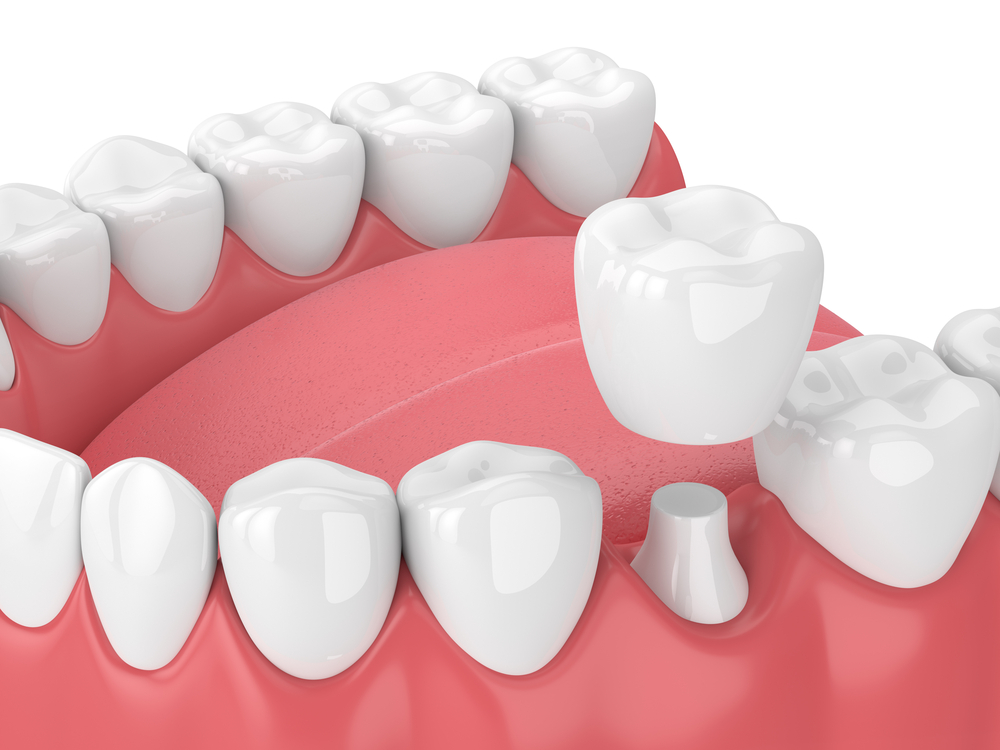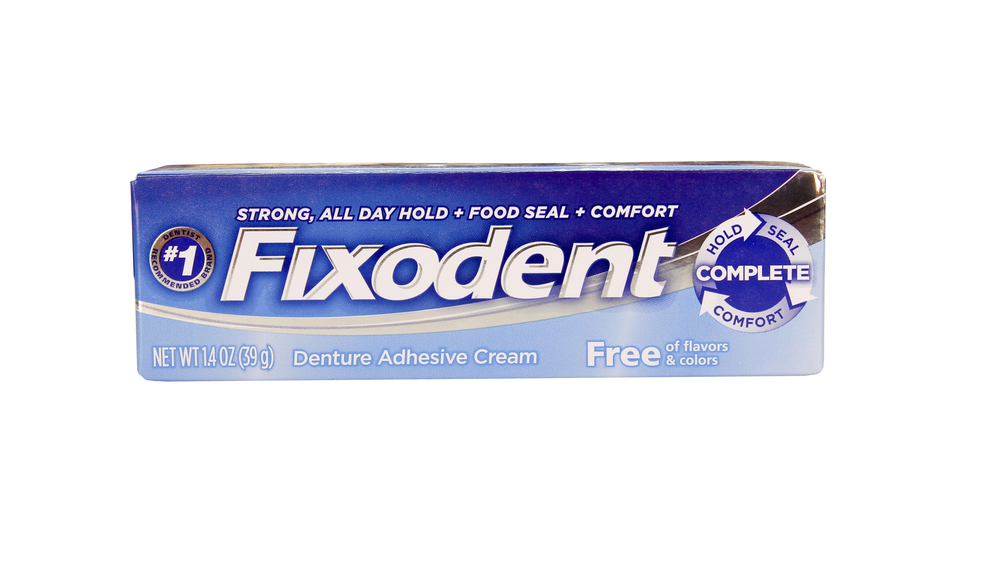
Losing a dental filling or crown can be an unsettling experience, but it’s a common issue that many people face. Whether it happens while eating, brushing, or seemingly out of nowhere, it’s important to know the steps to take immediately after such an incident.
This guide aims to arm you with practical advice on how to manage the situation effectively, minimize discomfort, and prevent further dental problems until you can see a professional.
Importance of Prompt Action
Prompt action is crucial when a filling or crown falls out. Not only does it help in preserving the tooth and the fallen dental work for potential reattachment, but it also significantly reduces the risk of infection or further damage to the tooth.
Understanding Fillings and Crowns

Dental fillings and crowns are fundamental components of restorative dentistry, each playing a crucial role in maintaining oral health after decay or damage. This section explores what these dental solutions are, their importance, and why they might sometimes fail.
What Are Fillings and Crowns?
Fillings are materials used by dentists to repair cavities or minor tooth decay. They restore the integrity of the tooth and prevent further decay by sealing off spaces where bacteria can enter. Crowns, on the other hand, are used to cover and protect damaged or weakened teeth, improving their appearance and strength. They can be made from various materials, including porcelain, ceramic, metal, or a combination of these.
The Role in Dental Health
Both fillings and crowns are pivotal in restoring a tooth’s function and aesthetics. Fillings allow dentists to repair tooth structure after decay has been removed, while crowns offer a restorative solution for teeth that are too damaged for fillings, providing a protective cap that protects the tooth and prevents further deterioration.
Common Reasons Why They Might Fall Out
Despite the durability of modern dental restorations, several factors can contribute to a filling or crown becoming loose or falling out entirely:
Wear and Tear: Over time, chewing and biting exert significant pressure on fillings and crowns, which can lead to wear or even breakage.
Decay Underneath: If new decay forms around or under a filling or crown, it can compromise the seal and attachment to the tooth.
Improper Fit: Restorations that were not properly fitted at the time of placement are most susceptible to recurrent decay.
Impact or Trauma: Accidental impacts to the mouth can dislodge or damage dental work.
Clenching or Grinding: Habits such as bruxism (teeth grinding) can put excessive force on restorations, leading to potential failure.
Understanding these factors is crucial for patients to take preventive measures and seek timely intervention when issues arise.
Immediate Steps to Take if your filling or crown falls out
If you find yourself in the unexpected situation where a dental filling or crown has fallen out, taking the right steps immediately can make a significant difference in the outcome. Here are the essential actions you should consider to protect your tooth and the fallen restoration.
Don’t Panic

It’s important to remain calm. While losing a filling or crown might be distressing, remember that this is a fixable issue. Panicking can lead to rushed decisions, so take a deep breath and proceed with the following steps.
Save the Filling or Crown
Find and Safely Store the Piece: Carefully retrieve the fallen filling or crown. Rinse it with water and store it in a clean container. Bring it to your dentist, as it might be possible to recement it.
Oral Care
Taking proper care of the affected area is crucial to prevent infection and further damage until you can visit a dentist. Here are some gentle yet effective steps to ensure the site remains clean and protected:
Gentle Cleaning: Rinse your mouth with warm water to clean the affected area. If possible, use salt water for its natural disinfectant properties.
Avoid Touching or Prodding: Try not to touch the exposed area with your tongue or fingers to prevent irritation or infection.
Temporary Solutions

Until you’re able to see your dentist, there are temporary solutions to help protect the tooth and reduce discomfort. These stop-gap measures can provide short-term relief and stability:
Over-the-Counter Adhesives: Some pharmacies sell temporary dental cement or adhesives that you can use to reattach the crown temporarily. Follow the instructions carefully.
Avoid Using Super Glue: It’s crucial not to use any non-dental adhesives, as they can be harmful to your teeth and gums.
Avoid Certain Foods
To prevent further damage or discomfort to the affected area, it’s important to be mindful of your diet. Here are some guidelines on what foods to avoid and how to adjust your eating habits temporarily:
Soft Diet: Stick to soft foods and avoid chewing on the side of the lost filling or crown to prevent pain and protect the area from further damage.
Avoid Extreme Temperatures: Foods and drinks that are too hot or cold may cause discomfort or pain in the exposed area.
These immediate actions are not permanent solutions but are vital for protecting your oral health until you can see a dentist. In the next section, we’ll discuss when and how to seek professional dental care.
When to Contact Your Dentist
Discovering that your filling or crown has fallen out can be worrying, but knowing when to contact your dentist can help alleviate your concerns. Immediate contact is crucial, but understanding the urgency and what to expect can prepare you for the next steps.
Urgency
It’s important to contact your dentist as soon as possible after a filling or crown falls out. Even if you’re not experiencing pain, the exposed tooth is vulnerable to damage and decay.
Emergency Situations: If you experience severe pain, swelling, or bleeding, it may be considered a dental emergency.
Non-Emergency Situations: For those without immediate discomfort, it’s still important to call your dentist as soon as possible to prevent long-term issues.
Setting Up an Appointment
When calling your dentist, be prepared to describe the situation clearly. This will help them understand the urgency and arrange an appointment accordingly. Sending a photo by text or email is always helpful.
Provide Details: Inform them about the fallen out filling or crown, any pain or discomfort, and if you’ve managed to save the dental piece.
Flexibility: Be flexible with your schedule, as you may need to be seen on short notice.
What to Expect During Your Visit
Understanding what to expect during your visit can help ease any anxiety and prepare you for the treatment process.
Examination: Your dentist will examine the affected area to assess the damage and decide on the best course of action.
Treatment Options: Depending on the condition of your tooth and the fallen restoration, your dentist may suggest reattaching the existing crown or filling, creating a new one, or other treatments.
Preventive Advice: You’ll also receive advice on how to prevent similar incidents in the future, including dental care tips and potential lifestyle adjustments.
Preventing Future Issues

Maintaining the integrity of your fillings and crowns is key to long-term dental health. This section offers practical advice on how to minimize the risk of future problems and ensure the longevity of your dental work.
Regular Dental Check-Ups
Regular visits to your dentist are essential for detecting potential issues early and keeping your dental restorations in top condition.
Frequency: Dentists typically recommend check-ups every six months, though your dentist may suggest a different frequency based on your individual needs.
Benefits: These visits allow for early detection of decay or damage around restorations, cleaning, and necessary adjustments to existing dental work.
Oral Hygiene Practices
Adopting a thorough oral hygiene routine is crucial for protecting both natural teeth and dental restorations from decay and damage.
Brushing and Flossing: Brush twice a day with fluoride toothpaste and floss daily to remove plaque and prevent decay, focusing on areas around and under crowns and fillings.
Use of Mouthwash: An antibacterial mouthwash can help reduce bacteria that cause plaque and decay.
Diet and Habits
Your diet and daily habits play a significant role in the health of your teeth and the durability of your dental restorations.
Limit Sugary and Acidic Foods: These can contribute to tooth decay, causing dental work to prematurely fail over time.
Avoid Hard and Sticky Foods: Hard foods can crack fillings and crowns, while sticky foods can pull them out.
Wear a Mouthguard if Necessary: If you grind your teeth at night or play contact sports, wearing a mouthguard can protect your teeth and any dental work.
Avoiding Bad Habits
Breaking habits that can compromise your dental health is another key step in protecting your fillings and crowns.
Don’t Use Teeth as Tools: Opening packages or bottles with your teeth can damage dental work.
Stop Chewing on Hard Objects: Chewing on pens, ice, or fingernails can also put undue stress on restorations.
Stop Chewing on Hard Objects: Chewing on pens, ice, or fingernails can also put undue stress on restorations.
FAQs
Below are answers to some frequently asked questions about dealing with a fallen out filling or crown. This section aims to quickly address common concerns and provide readers with concise, actionable information.
Can a fallen-out filling or crown cause pain?
“Yes, a fallen-out filling or crown can leave the tooth exposed to temperature changes and food particles, potentially leading to discomfort or pain. If you experience severe pain, contact your dentist immediately for advice and to schedule an appointment.”
How long can I wait before seeing a dentist?
“It’s advisable to contact your dentist as soon as possible, ideally within 24 to 48 hours, even if you’re not in immediate discomfort. Delaying treatment can lead to further damage or infection.”
Can I eat normally if my filling or crown falls out?
“Until you see a dentist, it’s best to avoid hard, sticky, or chewy foods and to chew on the opposite side of your mouth. Opt for soft foods and avoid extreme temperatures to minimize discomfort.”
Is it possible to reattach a crown or filling that has fallen out?
“In some cases, a dentist can recement a fallen crown or filling if it’s in good condition and the underlying tooth structure is sound. However, each situation is unique, and sometimes a new restoration may be necessary.”
What are temporary fillings and can I use one?
“Temporary fillings are over-the-counter products that can provide a temporary solution until you can see a dentist. They can help protect the tooth and reduce discomfort, but they’re not a permanent fix.”
What should I do if I swallow my crown or filling?
“Swallowing a small dental restoration like a filling or crown usually isn’t harmful and will likely pass through your digestive system without issue. However, if you experience discomfort or pain, seek medical attention.”
Conclusion
Dealing with a fallen out filling or crown can be an unexpected and stressful situation, but with the right knowledge and immediate action, you can effectively manage the issue and prevent further complications. We’ve covered the crucial steps to take from the moment your dental work falls out, including how to care for the affected area, temporary measures to protect your tooth, and the importance of contacting your dentist as soon as possible.
Key Takeaways
- Immediate Action: Don’t panic, save the fallen dental work if possible, and practice gentle oral care to protect the area.
- Seek Professional Help: Contact your dentist promptly to assess the situation and receive the appropriate treatment.
- Preventive Measures: Maintain regular dental check-ups, practice good oral hygiene, and adopt habits that protect your dental health to prevent future issues.
Remember, while a fallen out filling or crown is certainly an issue that requires attention, it’s a manageable one with prompt and proper care. Your dentist is your best resource for ensuring that your dental health is restored and maintained.

